Muscle Contraction
Muscle Contraction is dependent on the interaction between the myosin ( thick ) and actin ( thin ) protein filaments in the sarcomere , the basic contractile unit of muscle tissue.
To generate muscle contraction , the sarcomere functions as follows :
When the muscle fiber is at rest , the myosin head is in its high-energy conformation ( upright and bound to
Tropomyosin is an elongated protein that wraps around the actin filament to block myosin-binding sites on this thin filament.
Troponin is a small protein complex associated with tropomyosin.
Following a depolarizing stimulus by a motor neuron ,
The abundant cytosolic
When the active sites are exposed , the myosin head is able to bind strongly to the actin filament , forming a cross-bridge and promoting the release of
The dissociation of
This directly results in shortening of the sarcomere.
The myosin head is now in its low-energy conformation.
A new ATP molecule bind the myosin head and the cross-bridge disassembles.
Hydrolysis of the ATP molecule allows the myosin head to shift back into its upright , high-energy conformation in preparation for a new cycle of contraction.
The cycle of cross-bridge formation and disassembly continues until motor neuron signaling ceases , and
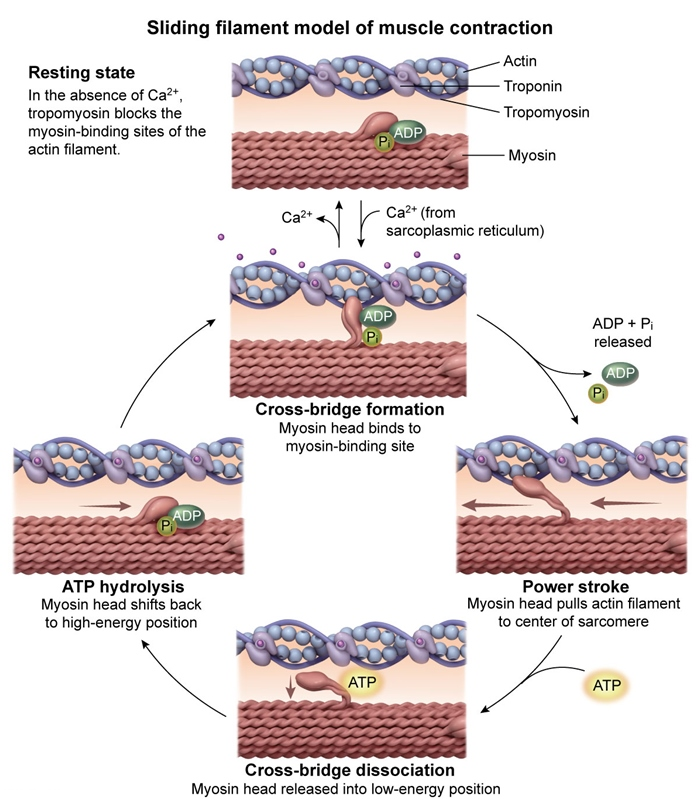
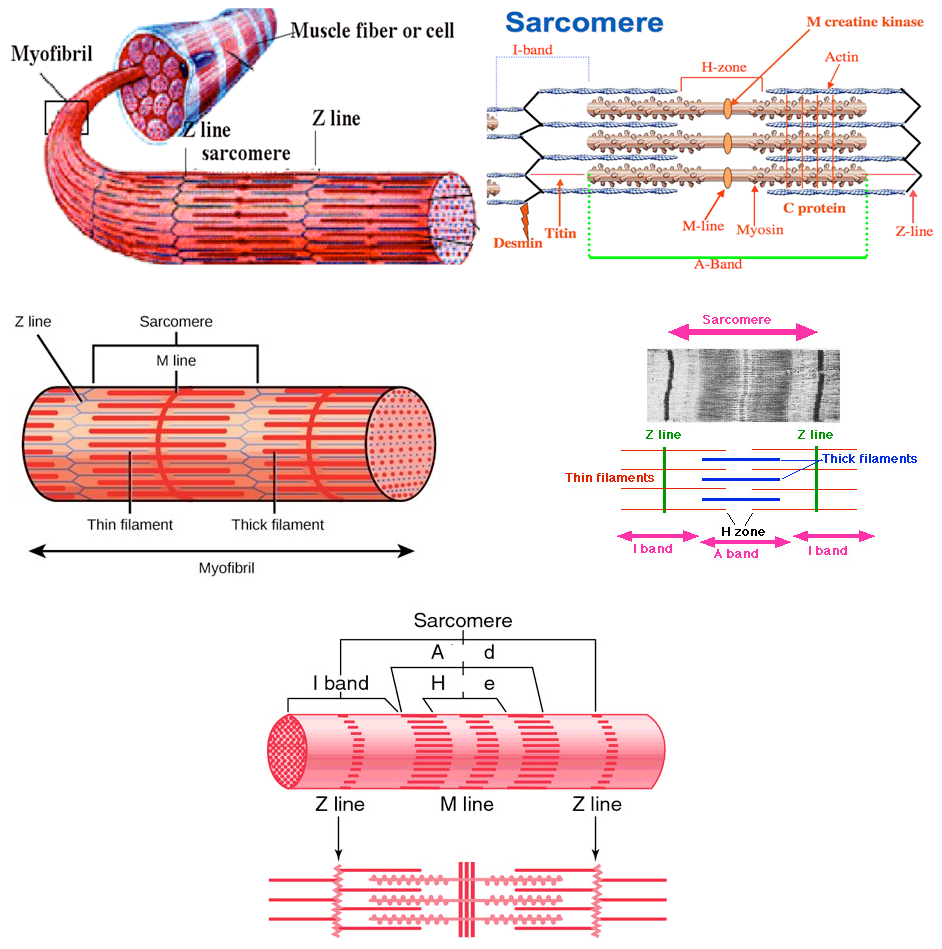
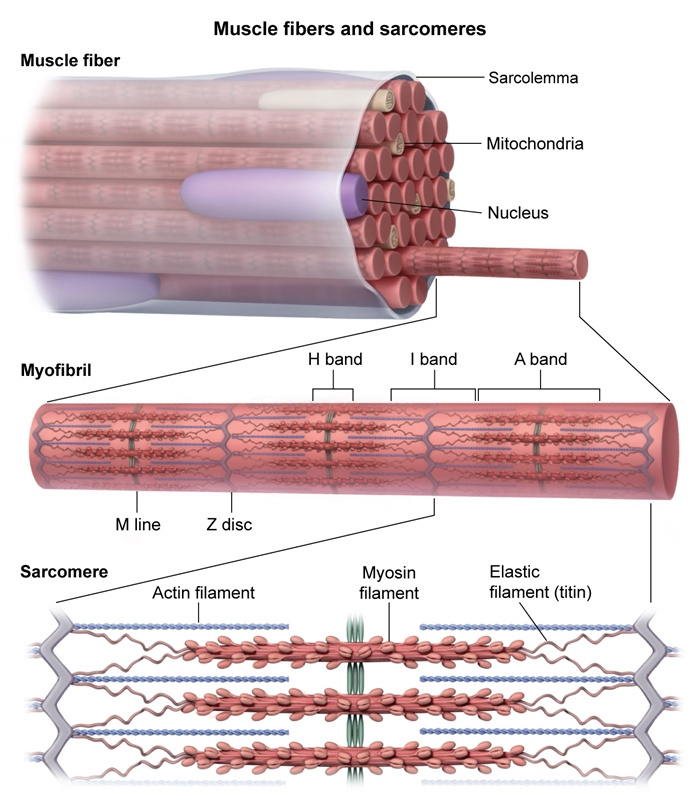
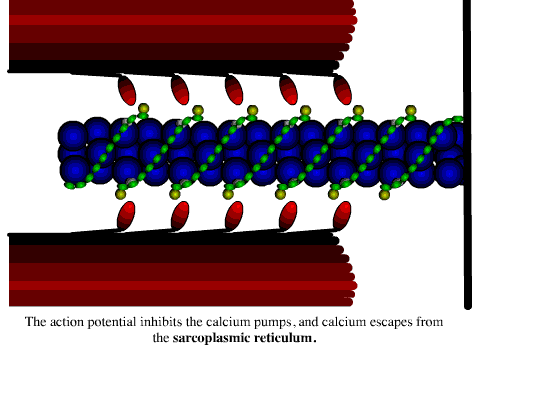
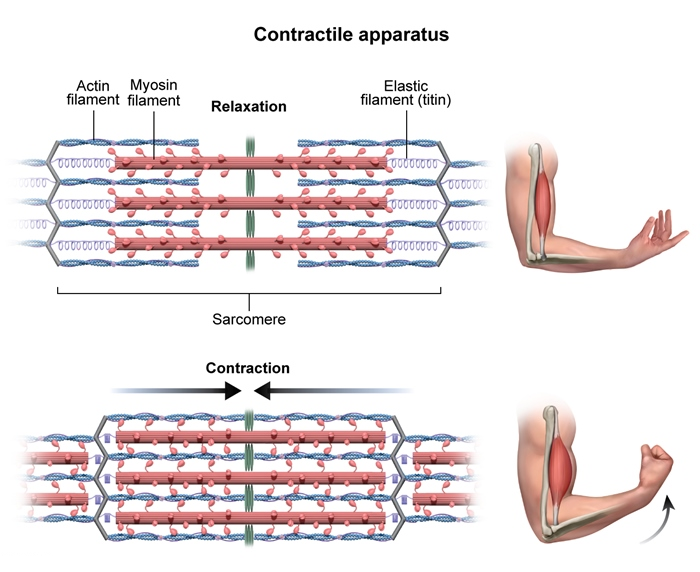
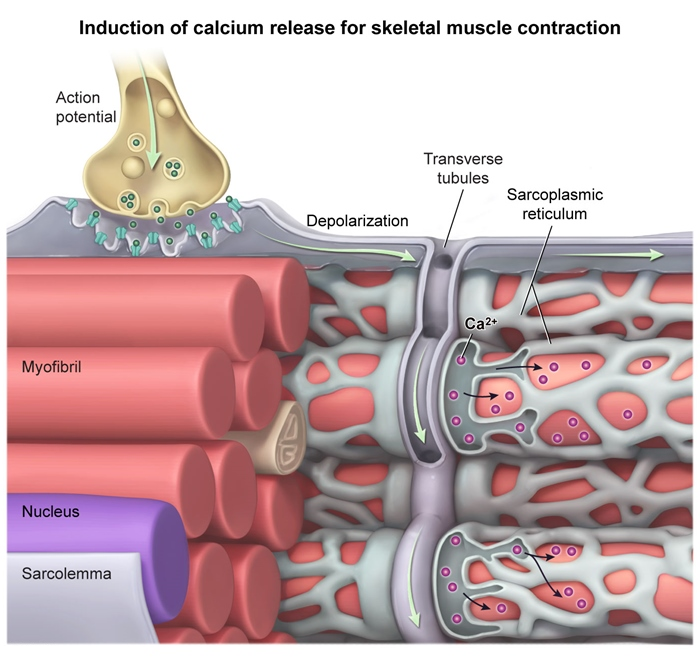
When ATP bound to a myosin head hydrolyses , the myosin head shifts back and attaches to the actin filament.
Dissociation of
and leads to a power stroke , which shortens the sacromere. A new
molecule binds to the myosin head , causing it to dissociate from the actin filament. The action of many myosin heads cycling through this process leads to muscle contraction.